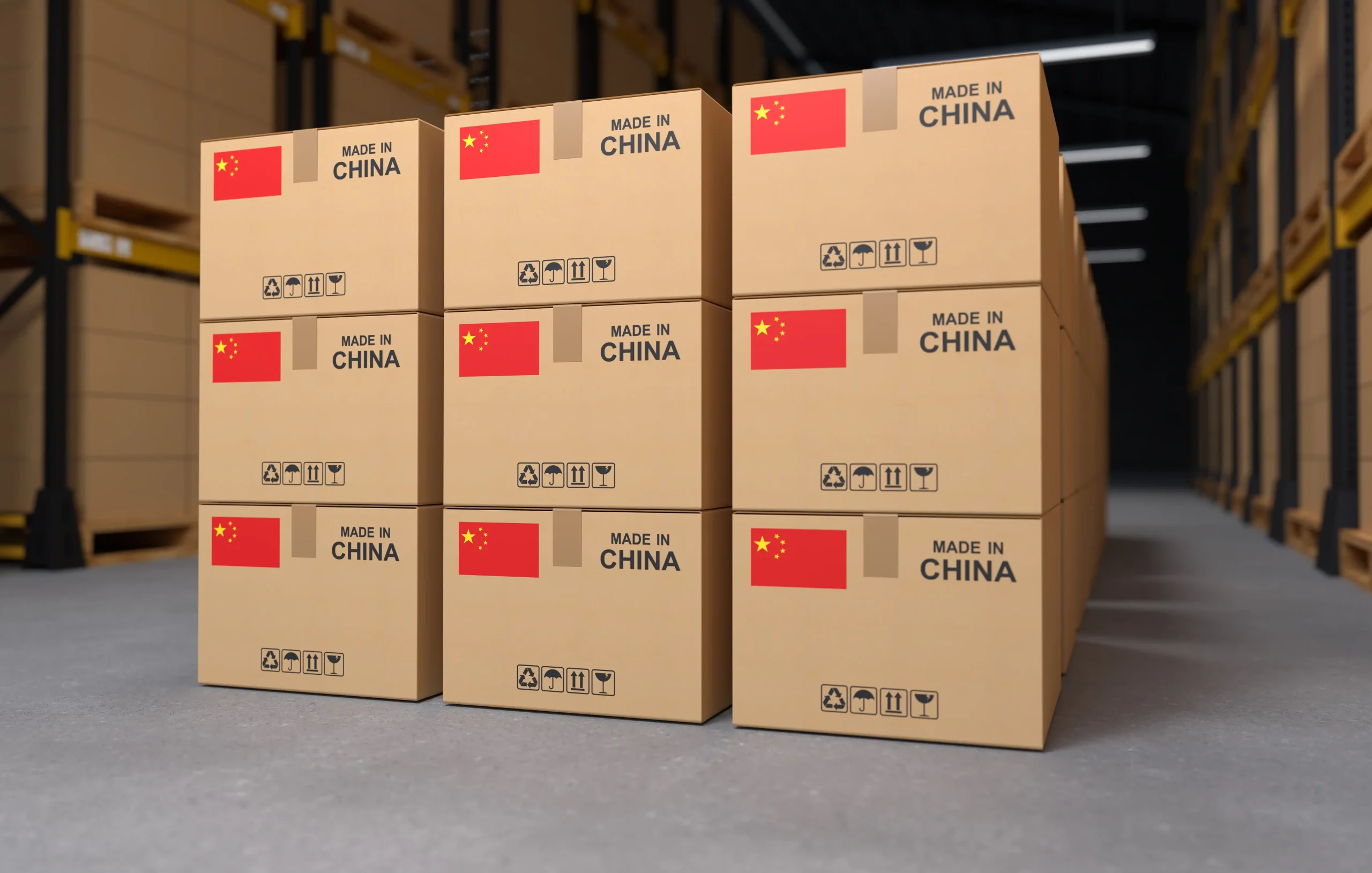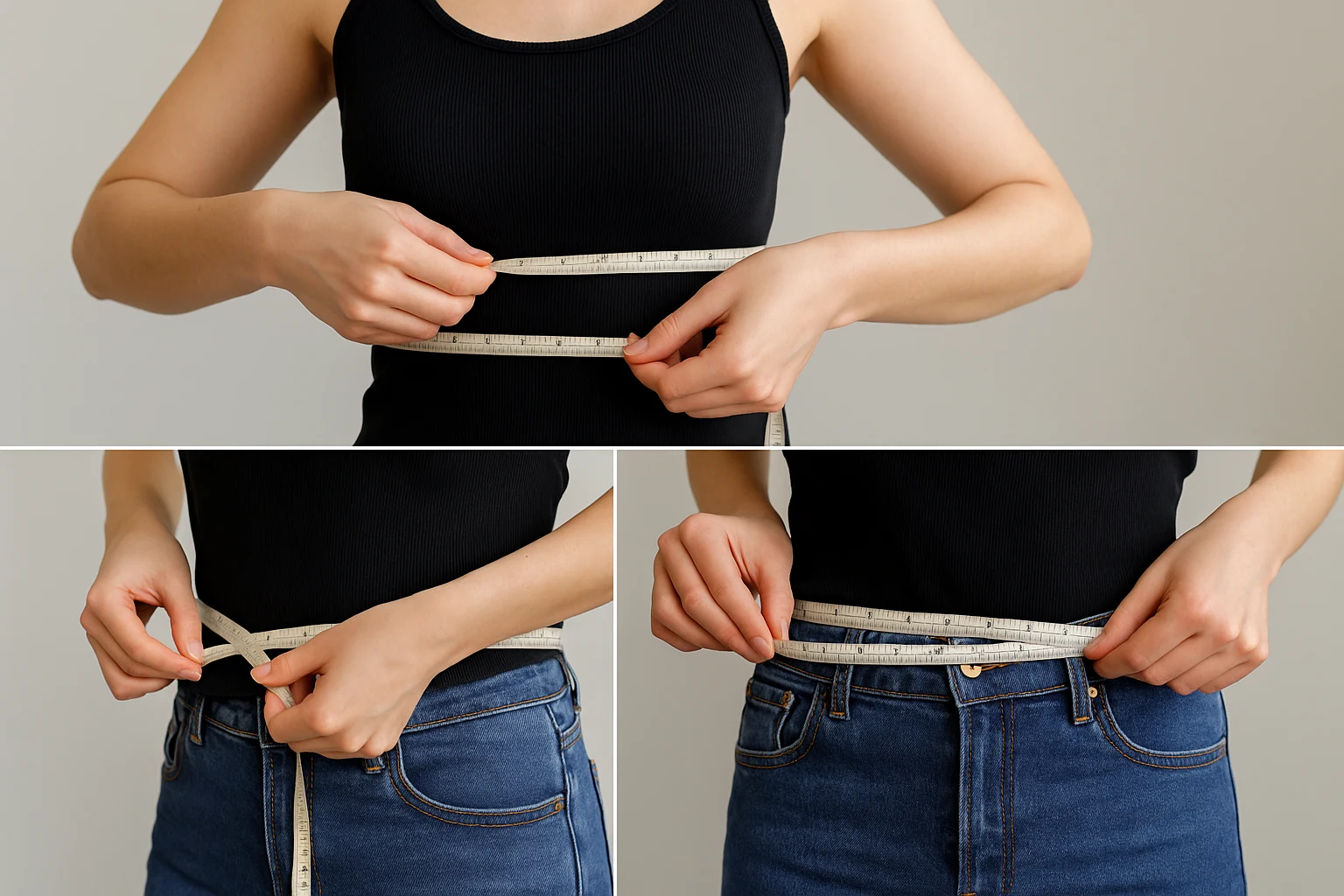
People have been sourcing from China for decades, and for good reason. The country’s got it all — big factories, skilled hands, and a supply chain that just keeps moving. From a single cosmetic bottle mold to full-on electronics assembly, China’s ecosystem makes things happen faster and cheaper than most places.
It’s not perfect, though. Some factories promise the moon but vanish after you send a deposit. A quote that looks amazing might end up costing more later in shipping or rework. That’s just the nature of the game.
This guide doesn’t promise magic. It’s more like what an old hand would tell a new importer over coffee — practical stuff that works, and a few “don’t make my mistake” lessons.
When people say sourcing from China, it’s not just about clicking “buy” on Alibaba. It’s a full process — finding, comparing, checking, talking, and sometimes arguing — before you even see a sample.
It means managing factories, sorting out payment terms, confirming quality, and hoping that what leaves the port in Shenzhen looks like the photo you approved.
That’s the job. It’s messy sometimes, but the margins and scalability make it worth doing right.
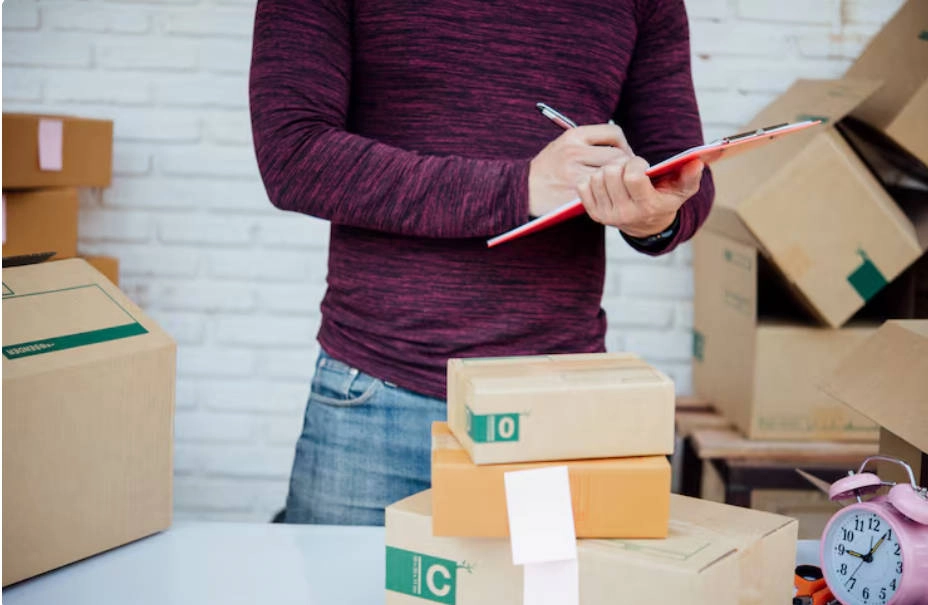
No country’s perfect, but China’s mix of cost, experience, and volume is still unbeatable.
Before emailing anyone, nail down your specs. Dimensions, materials, colors, packaging, all of it.
For example: if you’re ordering skincare bottles, write down BPA-free acrylic, airless pump, leak-proof tested. Don’t just say “clear bottle” — you’ll get whatever they think that means.
A simple product sheet (with photos if possible) saves a lot of back-and-forth later.
You’ve got a few options:
If you’ve never sourced before, an agent saves you a lot of midnight emails and translation trouble.
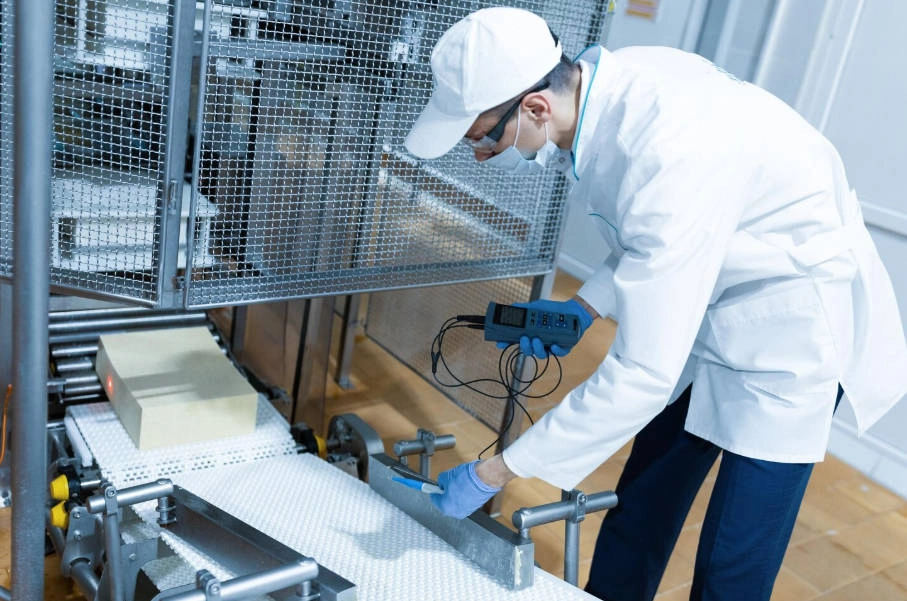
Don’t skip this. Always check a supplier’s background.
Ask for their business license, export certificate, and factory photos. Use third-party services like SGS or QIMA if you can. And if a quote seems too good, it probably is.
At X Sourcing, our local team often visits factories that don’t even have Alibaba pages. You’d be surprised how many good suppliers fly under the radar.
Samples are your best defense.
For toys: Check color consistency and paint safety.
For cosmetics: Squeeze it, drop it, see if it leaks.
For clothes: Wash it once. That usually tells the truth.
A serious supplier can get you a sample in about 1–2 weeks. If they refuse or keep stalling, move on.
Yes, you should negotiate — it’s expected. But there’s a fine line. Push too hard, and you’ll end up with cheaper materials or slower service.
A small example: a client once saved $0.15 per unit but lost two weeks waiting for rework. Not worth it.
X Sourcing negotiates daily, and we already know the real market range for most product types. The goal isn’t the cheapest quote — it’s the one that ships right the first time.
A lot of importers only check quality at the end. Big mistake.
Do small checks early. Get photo updates from the line. Use third-party inspectors like Intertek for the final check.
Our team handles quality control directly in China — before shipping — to make sure the goods match what was promised. Once it’s on the boat, there’s not much anyone can do.
Stick to safe payment methods: Trade Assurance, escrow, or Letter of Credit.
Never send money to a new account “because finance changed banks.” That’s a common scam move.
X Sourcing also handles customs clearance and Amazon FBA delivery, so you don’t have to juggle shipping agents and paperwork.
If you’ve been sourcing for years, going direct can work fine. But if you’re new, an agent saves time, especially for small batch or Amazon sellers.
At X Sourcing, we help small and medium Amazon sellers handle small-volume orders, consolidate shipments, and still get factory pricing. It’s all about balance.
Compliance sounds dull, but it’s what keeps your goods from being stuck at customs.
Sign NDAs before showing your designs.
Check safety standards — CE, RoHS, FDA, depending on the product.
Prepare documents early — HS codes, invoices, packing lists.
Always have Plan B: delays happen, even to the best suppliers.
At X Sourcing, we run pre-shipment inspections and compliance checks to keep your FBA business running smoothly.
A toy importer in Shantou confirmed factory info with an audit before the order — zero defects, smooth delivery.
A beauty brand sourced bottles on Alibaba but verified labels and logos through samples before mass production.
A small fashion label combined small orders via a sourcing agent to meet factory MOQs and saved around 15% overall.
Nothing fancy — just doing the basics right.
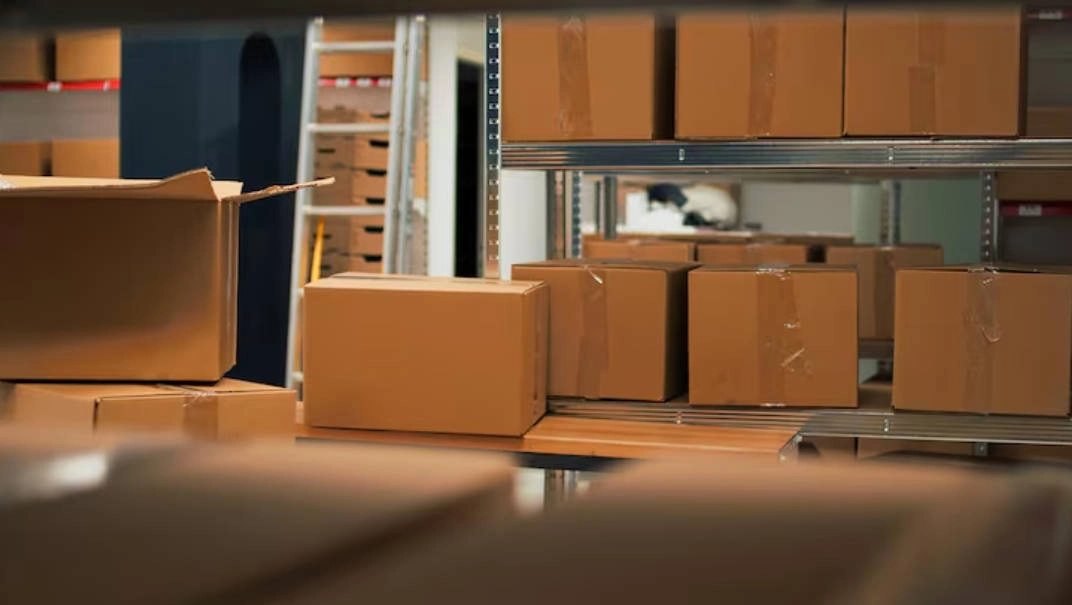
Sourcing from China isn’t hard, but it’s not easy either. It’s about knowing what to check, who to trust, and how to keep things consistent.
Since 2015, X Sourcing has helped global buyers find and manage reliable Chinese suppliers — from factory selection to FBA delivery.
If sourcing feels like a maze, having someone on the ground makes all the difference.
A: Begin with a clear product list and check suppliers on Alibaba or through an experienced sourcing agent who already knows the market.
A: Ask for licenses and past export records. You can also hire a third-party company like SGS or TÜV to check for you.
A: Yes. Prices aren’t as cheap as before, but the variety, experience, and production speed still make China the best option for most categories.
A: Low-quality goods, delayed shipments, or payment scams. Working with a trusted sourcing agent like X Sourcing can lower those risks a lot.

